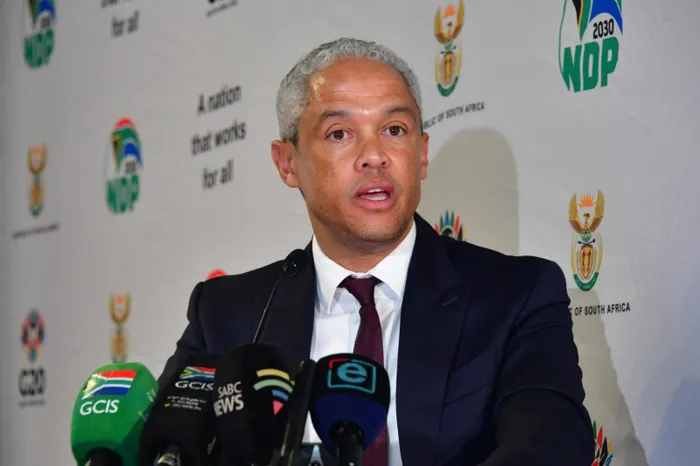South Africa looks to shift infrastructure risk to private sector partners

National Treasury Director-General Duncan Pieterse.
Image: Supplied
With Africa facing a huge infrastructure gap, government is looking for ways to take some of the risk off the fiscus.
According to the African Union Development Agency, the continent is missing $130-170 billion (R2.25 trillion to R3 trillion) in annual infrastructure investment.
This shortfall holds back growth by around 2% a year.
African governments currently contribute roughly 40% of the $80 billion invested annually, but the funding gap remains significant.
At the 12th European House – Ambrosetti CEO Dialogue on Southern Africa, held on the sidelines of the G20, discussions focused on using infrastructure to grow economies.
Duncan Pieterse, Director General in the National Treasury, said infrastructure had been an “enabler of higher growth and development in South Africa”.
What government is now looking at, Pieterse explained, is moving some of the debt burden from the state to companies that effectively offer insurance for projects.
“70% of our fixed investment is done by the private sector,” he said.
Pieterse noted the need to build on successful projects such as road concessions while ensuring state-owned enterprises are included in reforms.
Government and the World Bank are creating a new insurance-style company to take on the financial risk in major projects.
Instead of government guarantees, this company will provide the protection investors need.
It will first support new power-line projects to expand the grid and, once proven, be applied to other projects.
Treasury is also planning to raise money through special “infrastructure bonds,” keeping the funds ring-fenced for building infrastructure.
Other voices at the dialogue highlighted the scale of the challenge.
Boitumelo Mosako, CEO of the Development Bank of Southern Africa, said the need for infrastructure was vast.
“We will not achieve all these things without being bold, intentional and deliberate around infrastructure for our continent,” she said.
In South Africa alone, she said the Bank and Treasury have “a pipeline of just over 100 million projects”.
Transnet chairman Andile Sangqu added that logistics reforms were under way to expand capacity while allowing other players to participate.
“How do we expand the bandwidth so that there could still be a role for state-owned enterprises like Transnet to operate in that space and do the best that we can, but also to undertake a reform at scale to enable other players to also participate,” he asked.
Within Transnet, a rail reform programme has opened the network to multiple operators, including Transnet itself.
IOL BUSINESS